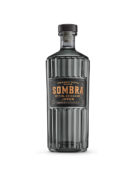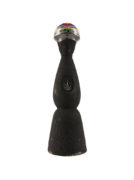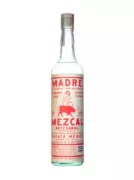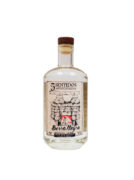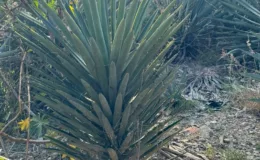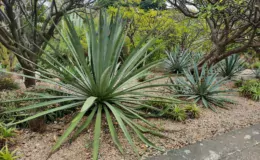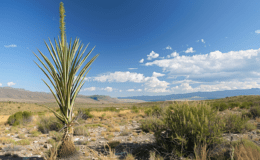The "Proper" Way to Drink Mezcal
The "right" way to drink mezcal is to sip it very slowly out of a traditional copita, savoring every aroma and flavor. You'll want to start by barely kissing the glass, taking in a small amount of mezcal and swishing it around your mouth. This primes your palate for the high ABV, allowing you to uncover the more nuanced flavors of the drink as you continue to take small sips.
Here are some more tips to help you get started on drinking mezcal the right way (that will likely help you enjoy it more!)
Start Simple
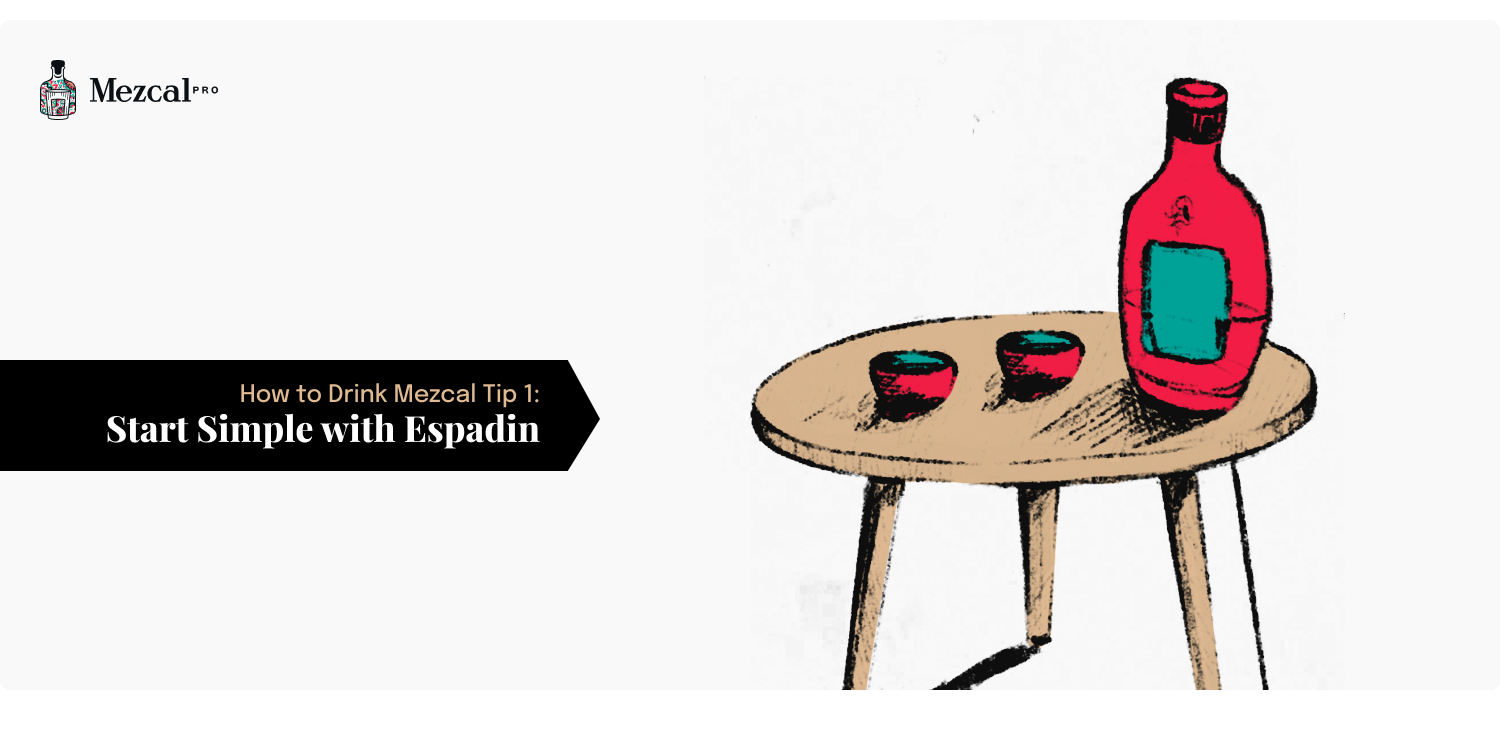
Instead of reaching for the more expensive maguey (style of mezcal), try espadín, the most common and usually least expensive type of mezcal. With a neutral profile, espadín is relatively easy to drink and widely available. Some of the best brands for espadín include El Jolgorio, Rey Campero, and Del Maguey. Once you decide to move on to the next step in complexity, you can start exploring magueys like tobalà, tepeztate, and cuishe.
Beware of the high ABV
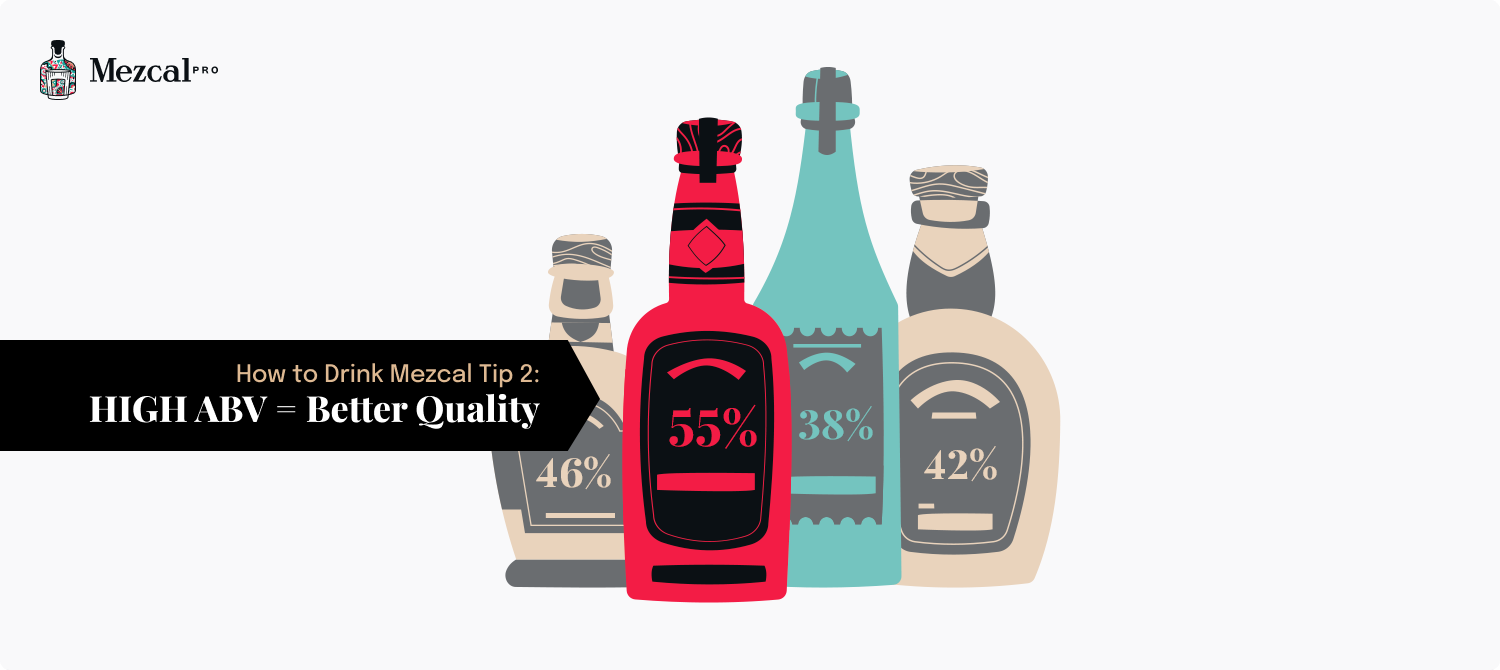
Like tequila, mezcal is distilled twice, raising the ABV to levels that many new mezcal enthusiasts aren't used to, or prepared for. It can be a bit of a shock to the system, which is why we recommend the first step of preparing the palate with a quick swish of mezcal.
The first distillation (ordinario) results in roughly 37-40% alcohol by volume (ABV). After the second distillation the ABV climbs to 40% to upwards of 55%. There isn't a general rule of thumb for which magueys will result in a higher ABV - some espadins can be north of 50%, and some tepeztates can be under 45%. The final ABV truly comes down to how the mezcal is produced by the master mezcalero.
Wet Your Nose and Fingers
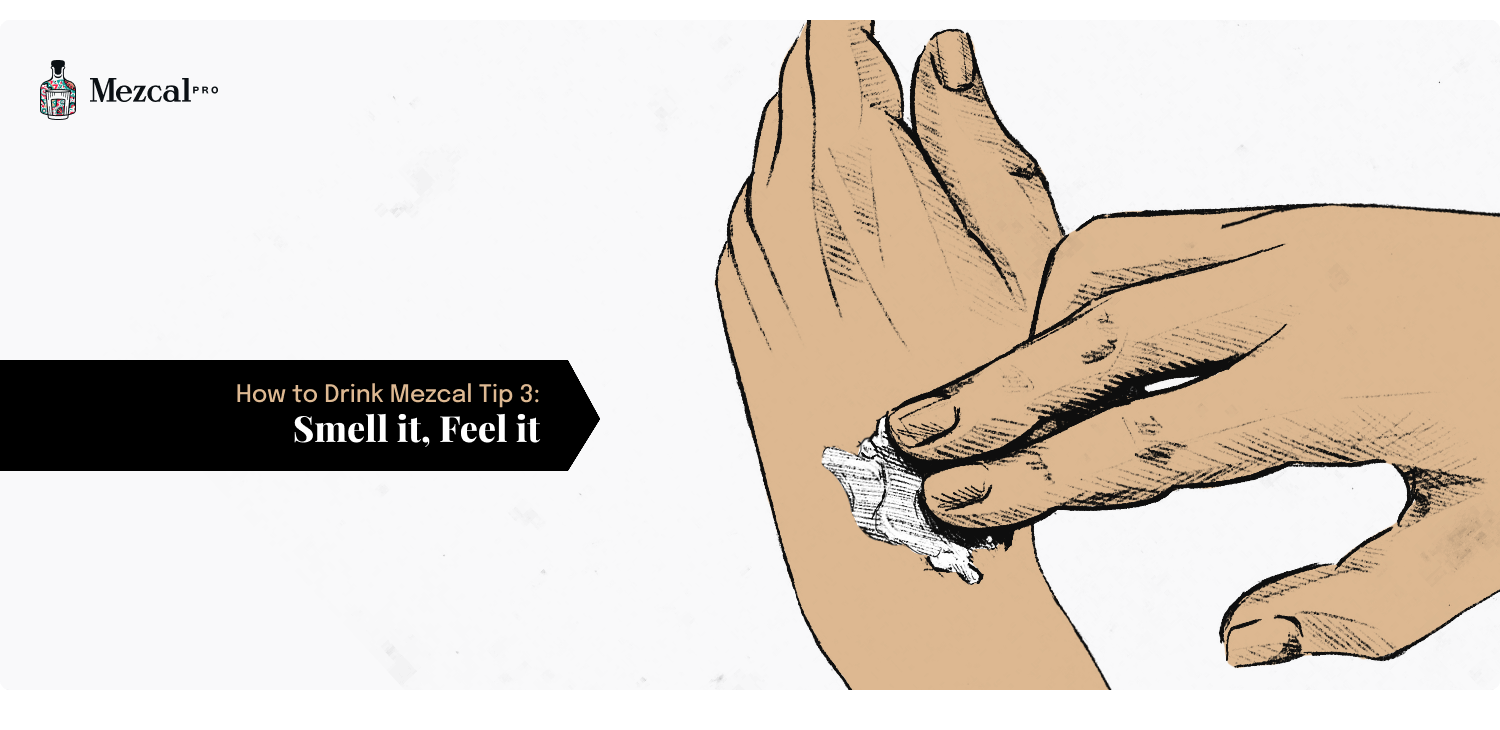
A great way to enjoy mezcal is to smell it. Dip the tip of your finger into your mezcal, put some on your palm, rub your hands together quickly, and cup your palm to your face. By doing this, the alcohol has evaporated and all that you are left with are the sugars from the mezcal, giving you a more pronounced sense of its aroma.
Kiss, don't drink
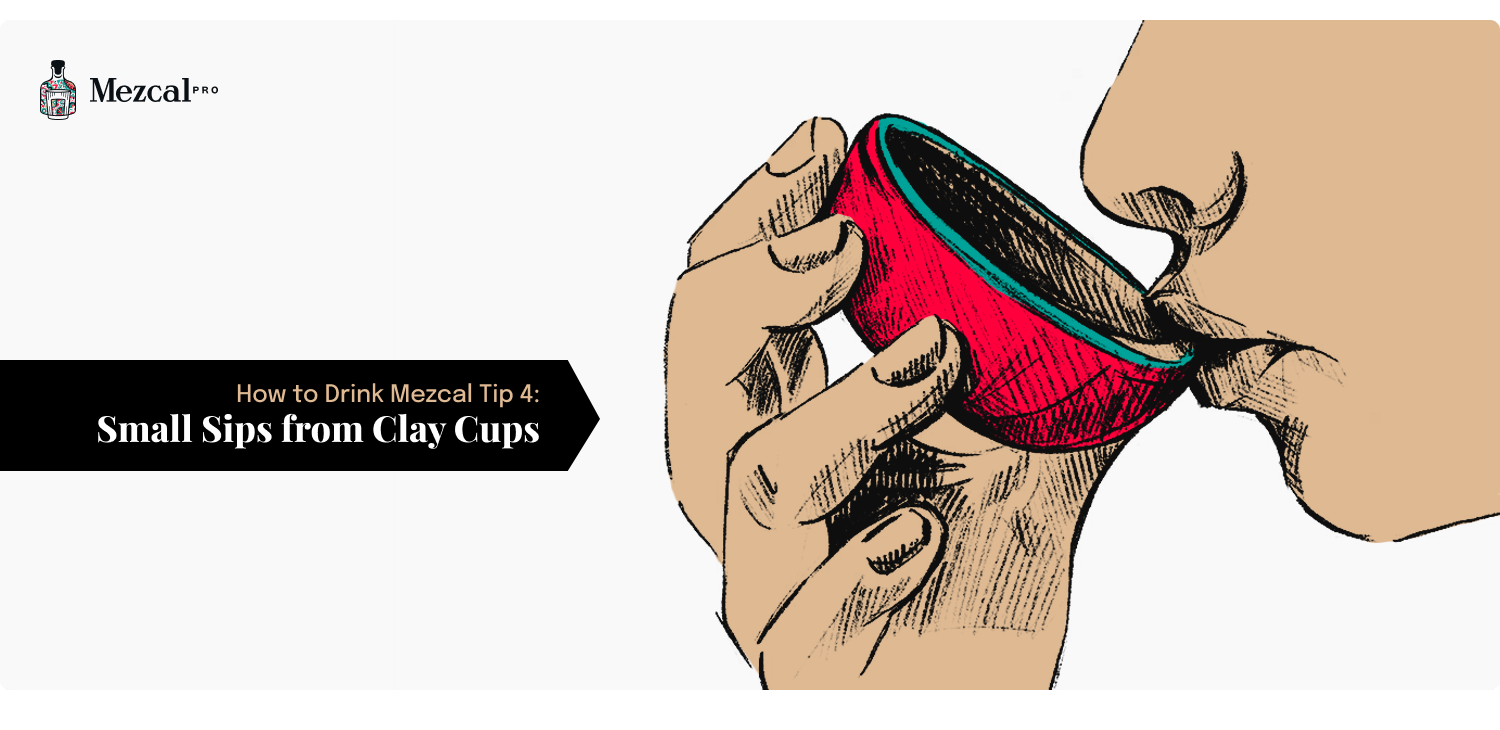
Unlike tequila, mezcal is best enjoyed in small sips. In fact, there is an expression in Mexico that mezcal should be kissed. For this reason, mezcal connoisseurs recommend sipping mezcal from shallow clay cups such as a copita or jicara.
Copitas can be made from a wide variety of materials such as glass, wood, or ceramic. The wide opening on top is great for you to get your nose closer to the mezcal, so you can smell the complex aromas. Jicaras are made from hollowed out gourds from the Calabash tree. The natural plant fiber absorbs the fragrance of mezcal exceptionally well. Inexpensive and common in Oaxaca, you should definitely try mezcal served in a jicara at least once.
Try worm salt
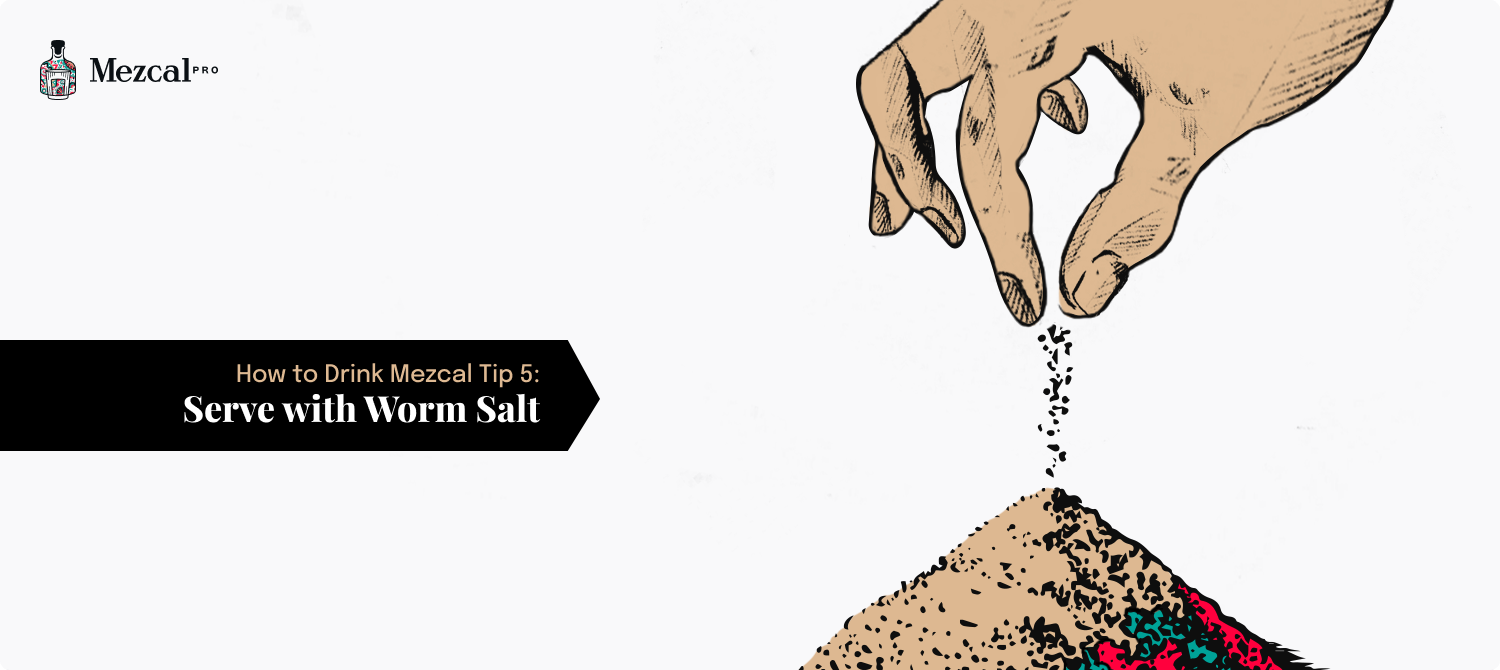
While we don't always recommend using worm salt, it can sometimes help enhance flavors in cocktails and less expensive mezcals. Choose the right moment. With a particularly nice mezcal, it would be like putting ketchup on a perfectly cooked steak.
What is "worm salt", and why would you use it? Also known as sal de Gusano, worm salt is a Oaxacan specialty often described to provide an umami explosion. It is made by picking matured larvae, toasting them, and grinding them with Oaxacan chilies and sea salt. Traditionally served as an accompaniment to mezcal, it adds a smoky and savory note to your mezcal experience. Try it by sipping your mezcal and taking a bite of orange sprinkled with worm salt.
However, avoid mezcal with worms inside it as it is a good indication of a brand that is more focused on marketing instead of flavor. This marketing gimmick was intended to indicate purity or impart virility. Of course, the general public fell for the idea even if Mexicans themselves never drank mezcal with a worm.
Best Served at Room Temperature

Mezcal is best served at room temperature. Mezcal contains a lot of natural congeners that best express the alcohol's distinctive flavor or character at warmer temperatures. By chilling mezcal, it "dulls" the congeners and mutes the flavor. For this reason, mezcal is best stored at room temperature and served without ice unless it is used in cocktails.
Great with food
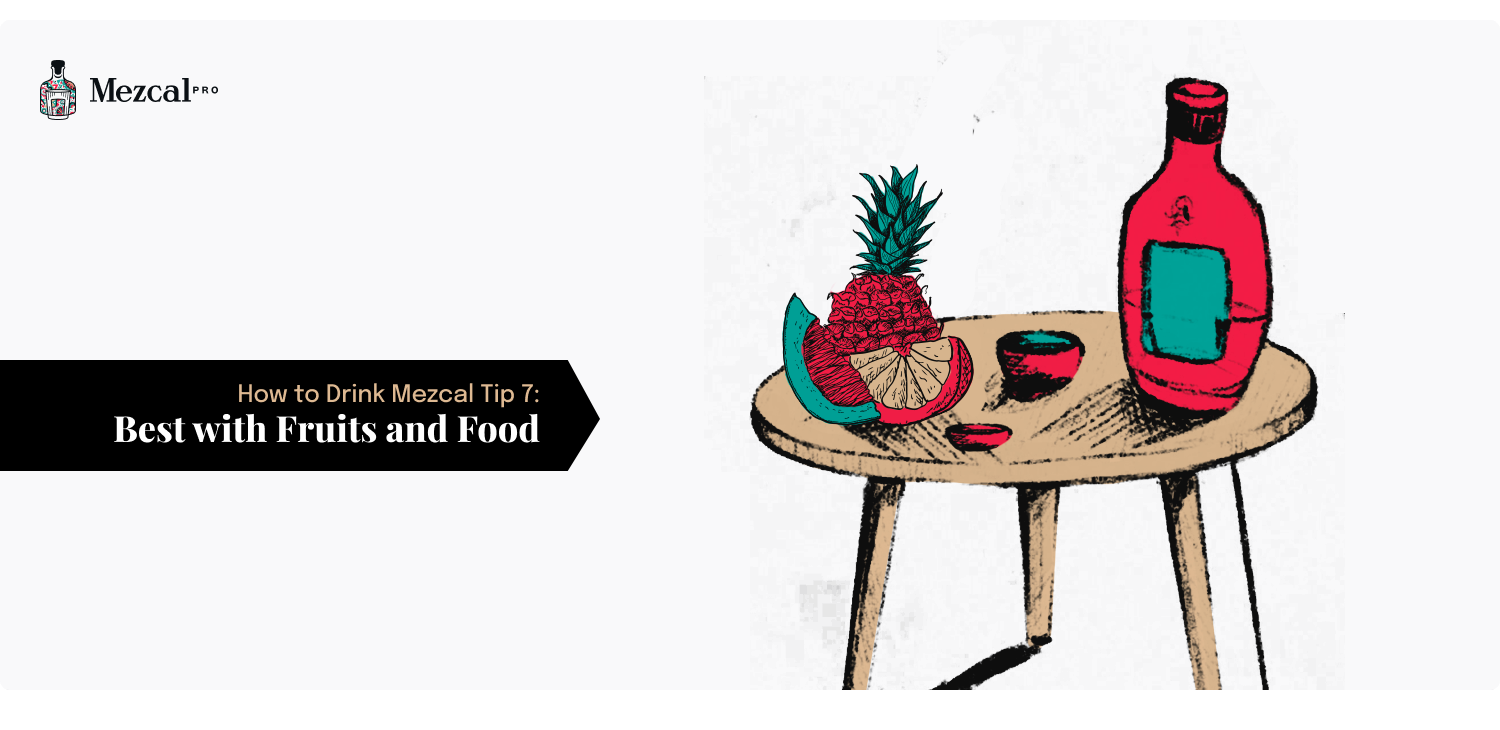
The complex smoky and savory flavors of mezcal are enhanced by slices of fruit such as an orange slice, guava, grapefruit, grilled pineapple, and sal de gusano. Drinking mezcal straight is also great with barbecued proteins (usually steak or chicken) and mole.
Get Creative with Mezcal Cocktails
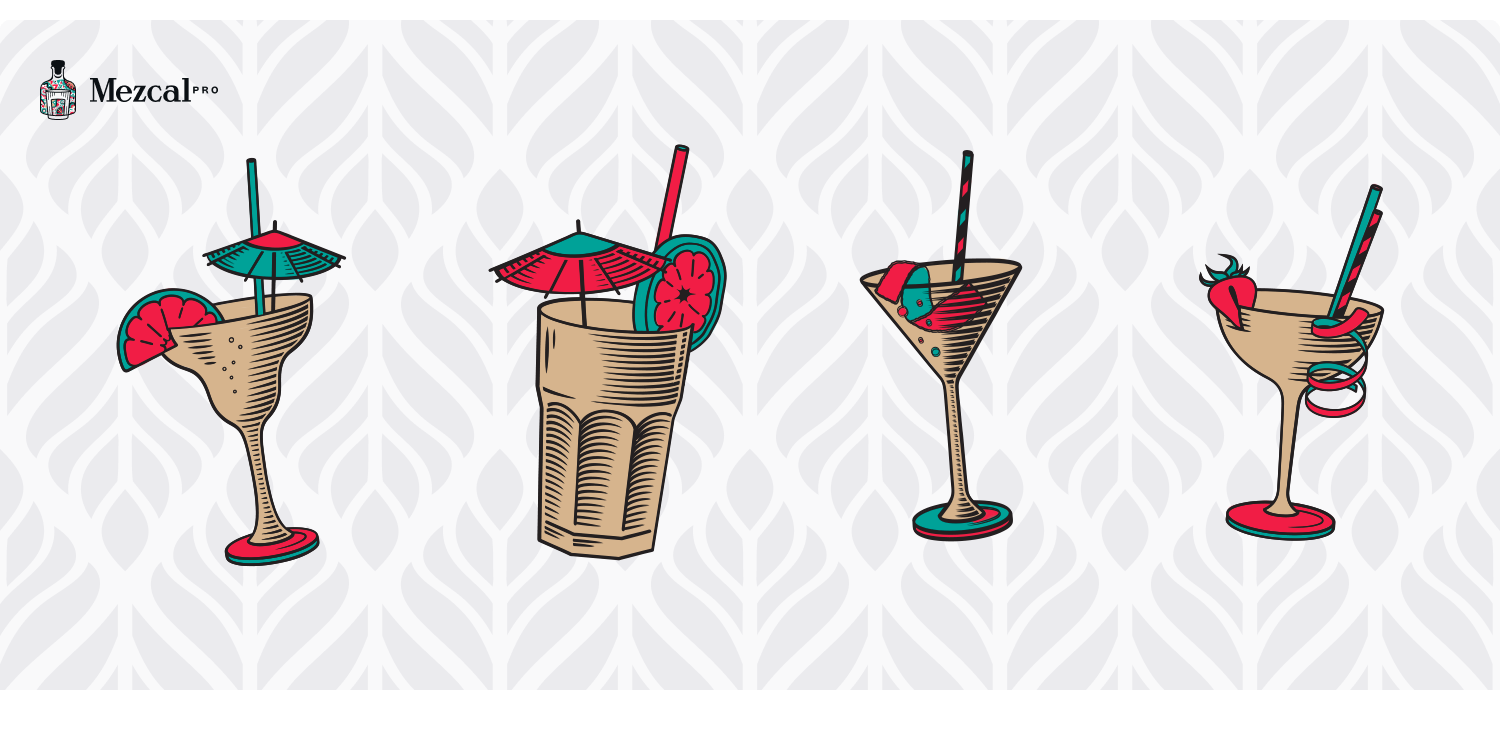
Although some purists frown on mezcal cocktails, they can be a great way to enjoy less expensive bottles. A mezcal cocktail should bring out the best of the mezcal by enhancing the aromas and flavors of the drink. Some of the best mezcal cocktails highlight the complexity of mezcal.
If you are interested in trying at making some of the easiest mezcal cocktails, swap out the tequila for mezcal to make a mezcal margarita (Mezcalita) or the whiskey or gin to make a simple mezcal old fashioned or mezcal negroni. For more adventurous options, try the rising sun, a smoky mezcal cocktail that builds on the grapefruit and fresh lime juice or mezcal sour, a sweet-tangy cocktail with a fluffy froth.
The best mezcal cocktails involve ingredients that enhance the spirit's flavors. A simple cocktail recipe to try is the Last of the Oaxacans, made from equal parts of green Chartreuse, Maraschino liqueur, Espadin, and lime juice that is shaken with ice in a cocktail shaker and strained into a chilled glass. For a cocktail that works best for smoky mezcal featuring fresh vegetables, try Oaxaca Cooler or Health Kick. Those of you who prefer warm spices may revel in Little Devil or The Shaman.
Best Mezcals
Choosing a mezcal is subjective. Ultimately, it depends on your preferences as many factors come into play including the type of agave, distilling process, mezcal category, and aging process. For a quick starting point, here are some of the best mezcals on the market you can buy.
Montelobos Espadin
One of the most cost-effective and versatile mezcal for cocktails and for sipping, it has a smoky flavor with hints of spice and pepper. It is the go-to for many bartenders making it easily found at bars across the country.

Sombra Joven
A joven with smoky and fruity notes, this mezcal is great for those who love savory flavors. Relatively affordable, it captures the best of the category at a higher proof.
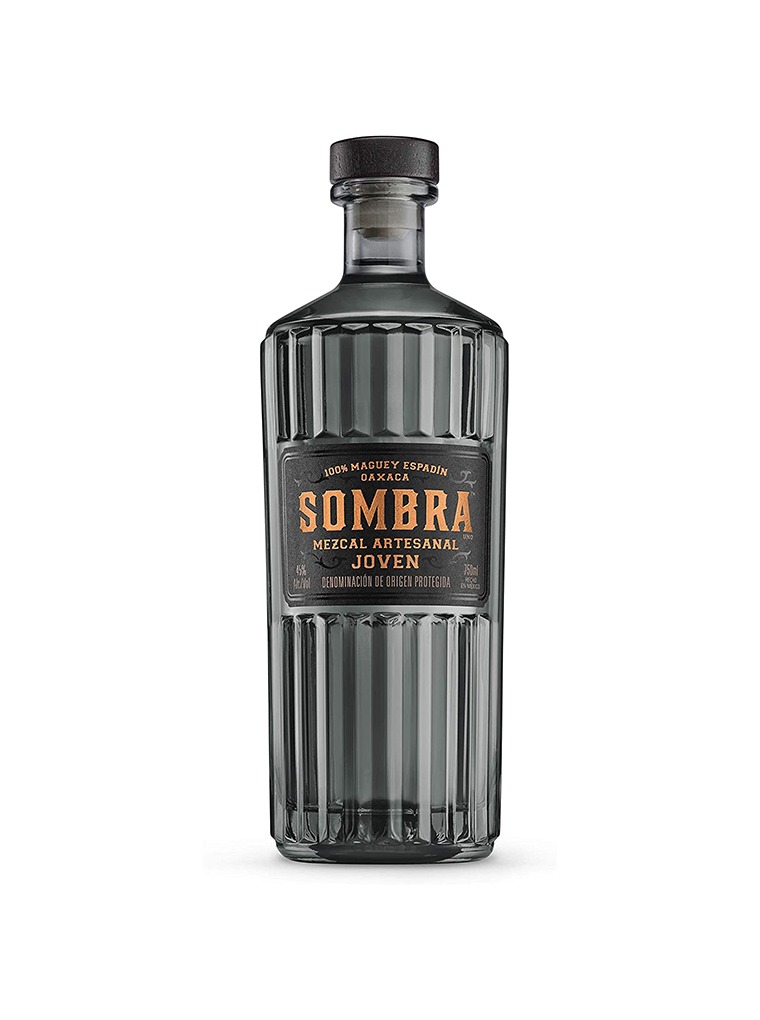
Bozal Tepeztate
Best sipped neat, Tepextate is perfect for those who love floral aromas with some earthy spice. With a distinctive sharpness, it has an enjoyable peppery finish with strong minerality.
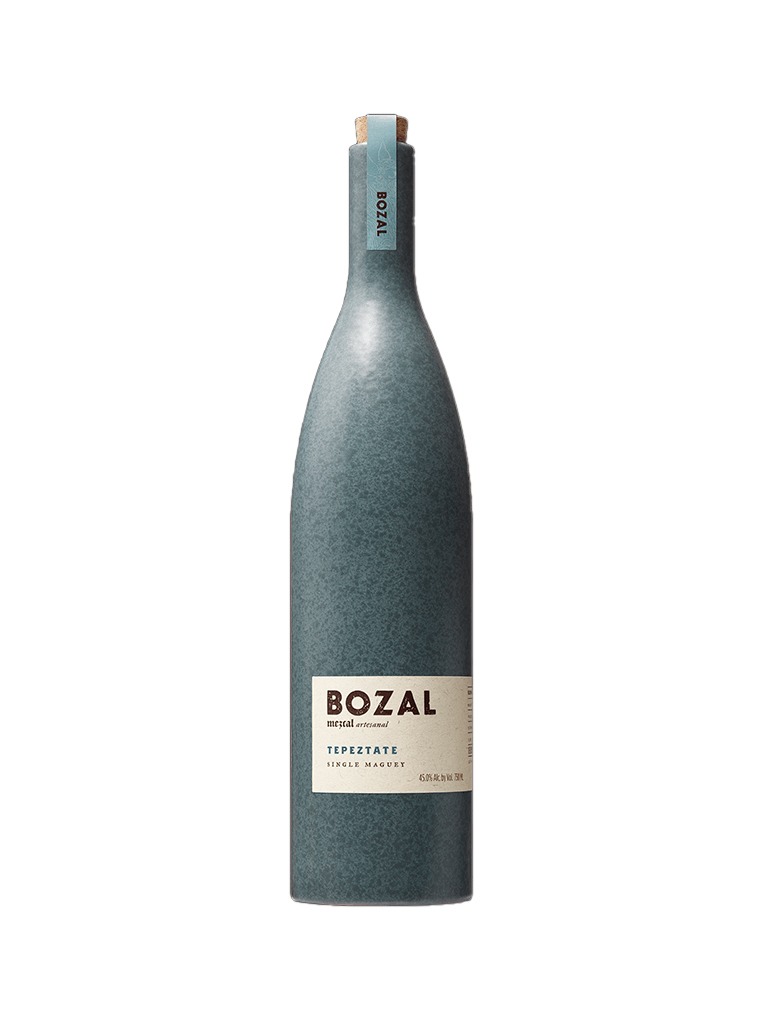
Del Maguey Chichicapa
A beloved of many mezcal aficionados, this espadin-based mezcal has a nutty almond mint flavor with hints of a sweet smoky campfire. Deep, sweet, and complex, Chichicapa is a classic release that is popular on the international market.
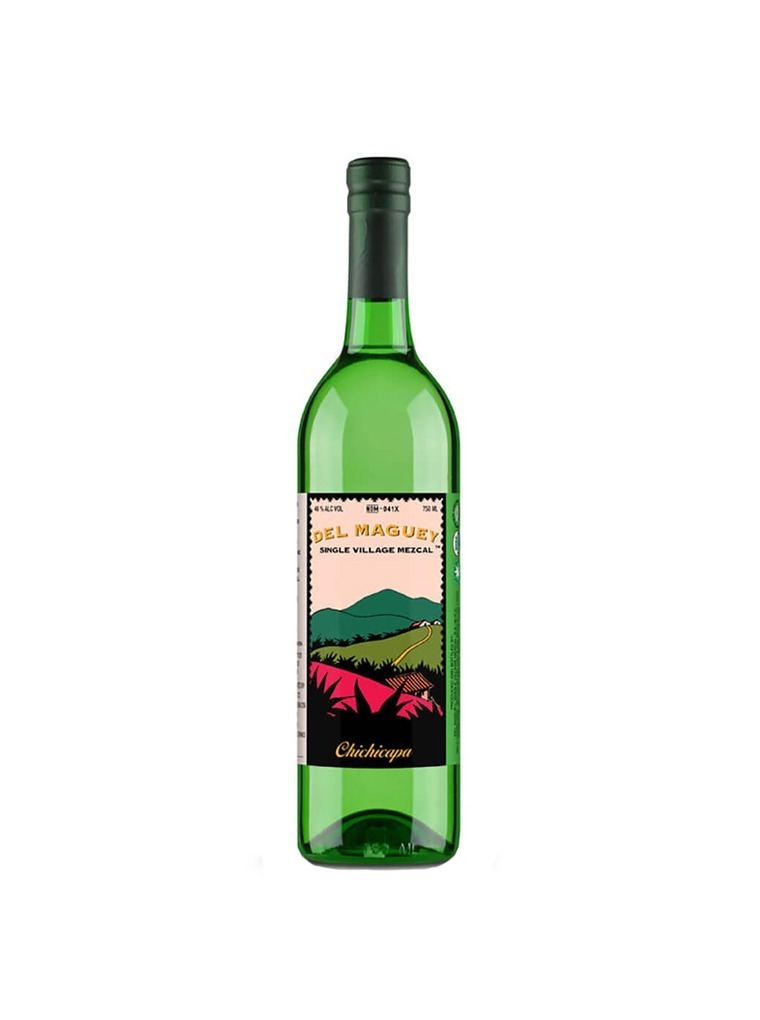
Why is Del Maguey so popular?
Founded by Ron Cooper in 1995, Del Maguey (ma-gay) Single Village mezcal is regarded for helping revive the mezcal industry. They also introduced original organic farming, fermentation and distillation processes. The brand is known for producing a wide range of mezcals from individual family palenqueros, each unique to the terrain and climate of the village.
Here are some other quality producers

Del Maguey Vida
One of the most cost-effective and versatile mezcal for cocktails and for sipping, it has a fruity smoky flavor with hints of spice. It is the go-to for many bartenders making it easily found at bars across the country.
Montelobos
Montelobos mezcal is available in four options. Try their espadin, a light Joven that features a balance between smooth and smoky. Their lower price tag is a definite plus for those who love mezcal cocktails or an easy entry point mezcal tasting. They also have the Ensamble, Tobalá, and Pechuga.

Rey Campero
Rey Campero is a premium mezcal option for the more seasoned taster. Some of the notable magueys are jabali, tepeztate, and madrecuishe.

Real Minero
Considered as one of the world’s finest mezcal producers, the family has been making mezcal for many generations in Oaxaca in small clay pot stills which are then rested for months before it is bottled. Besides creating the best mezcal, this producer is also involved in one of the largest diverse sustainable agave reforestation programs.









